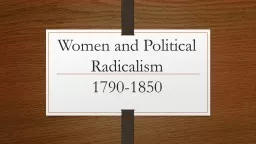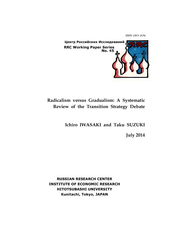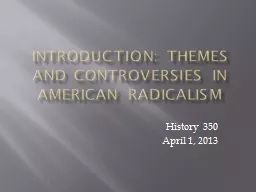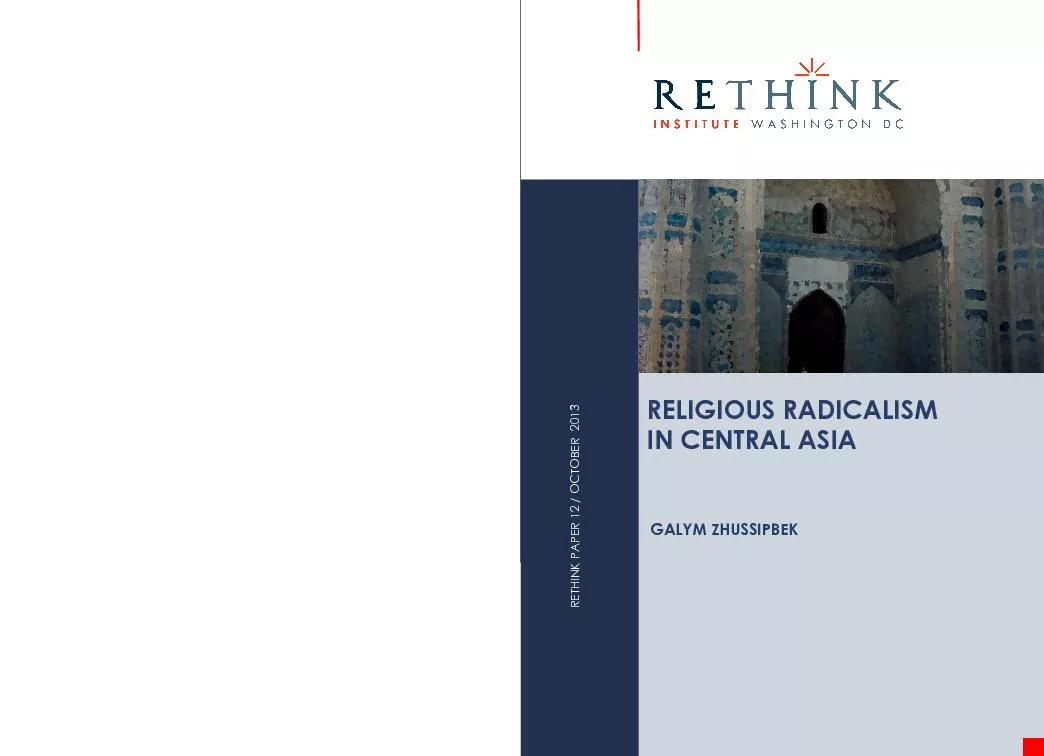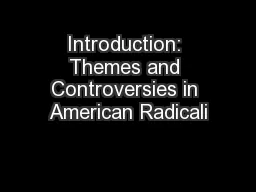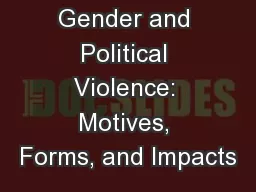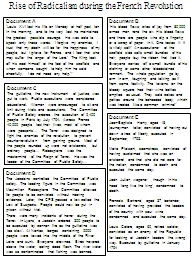PPT-Women and Political Radicalism
Author : luanne-stotts | Published Date : 2019-11-24
Women and Political Radicalism 17901850 Eighteenth Century Politics the preserve of the elite Most middle class men received vote in 1832 Women had no right to vote
Presentation Embed Code
Download Presentation
Download Presentation The PPT/PDF document "Women and Political Radicalism" is the property of its rightful owner. Permission is granted to download and print the materials on this website for personal, non-commercial use only, and to display it on your personal computer provided you do not modify the materials and that you retain all copyright notices contained in the materials. By downloading content from our website, you accept the terms of this agreement.
Women and Political Radicalism: Transcript
Download Rules Of Document
"Women and Political Radicalism"The content belongs to its owner. You may download and print it for personal use, without modification, and keep all copyright notices. By downloading, you agree to these terms.
Related Documents

